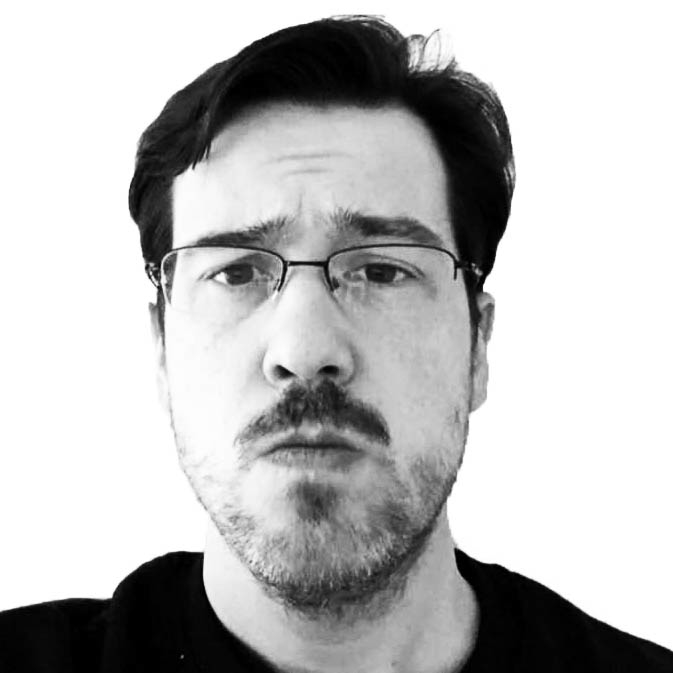LONDON—The poison used on a former spy and his daughter in South West England last week was a chemical weapon produced by a highly secretive Soviet-era program to develop a new grade of undetectable nerve agents.
Russia has never admitted that this “novichok” program even existed and the attack in Britain may be the first confirmed use of the deadly chemical weapon.
The deployment of such a distinctive nerve agent in broad daylight—where it may have affected hundreds of British citizens—underlines the increasingly brazen assassination program apparently operated by Vladimir Putin.
The Daily Beast reported last week on the unlikely but shocking possibility that novichoks could have been deployed on the streets of Britain. The London murder of Putin critic Alexander Litvinenko with the radioactive isotope Polonium-210 was the previous high-water mark for the shameless program of political killings, but this may be an even more obvious attempt by the Russian president to demonstrate his untrammelled ability to act with impunity on the world stage.
British Prime Minister Theresa May gave the Kremlin a 48-hour deadline to provide an explanation for this Russian-produced weapon of mass destruction striking down former Russian military intelligence colonel Sergei Skripal and his daughter, Yulia, as well as a British police officer who was called to help.
“Should there be no credible response, we will conclude that this action amounts to an unlawful use of force by the Russian State against the United Kingdom,” she said.
Dissident former Soviet scientists first revealed the existence of this deadly weapons program in the 1990s, saying that novichoks were developed as an alternative to traditional nerve agents like sarin. “Inspectors would have a difficult time uncovering this covert Soviet chemical weapons production program since no outsiders knew that these new chemical agents even existed,” explained a 1995 report.
Even though these claims had been made by Russian defectors, chemical weapons experts wondered if this novichok or “newcomer” agent program was anything more than a legend.
"We weren't even sure that it existed," Mark Bishop, a chemical weapons specialist in nonproliferation at the Middlebury Institute of International Studies in Monterey, California, told The Daily Beast. Last week, in a separate story looking into what nerve agent could have been used, Bishop was hesitant to even speculate that novichoks were a potential source, primarily because their existence was practically mythical: Western spy agencies were almost positive that the Soviets had developed this alternative nerve agent in the 1980s, but there was no such proof—until now.
"To know it's a novichok for sure, that's fairly easy," he told The Daily Beast, based on its unmistakable chemical signature.
The British government has challenged the Kremlin to explain whether it ordered a state-sanctioned assassination using the new chemical weapons—or if it had lost control of these banned substances.
Tom Tugendhant, chair of the foreign affairs committee, said it was now necessary to convene a global coalition to confront Putin’s aggression. “This, if not an act of war, was certainly a warlike act by the Russian Federation,” he said in the House of Commons on Monday. “Now is the time for us to call on our allies, to call on the European Union—that has worked so well with us on sanctions—on NATO, and particularly on the United States and ask what they will do to assist us in this moment when we are in need?”
President Trump has so far neglected to address Russia’s act of aggression against Washington’s supposedly close ally. Sarah Huckabee Sanders declined to repeat Britain’s assertion that Russian state manufactured chemical weapons had been used when questioned at the White House press briefing, saying only that the U.S. stood by Britain.
Russia’s immediate response was to dismiss the findings of Britain’s Porton Down military weapons facility as a "fairy tale" and "another information and political campaign based on provocation."
A first version of that fairy tale was told by former Soviet scientists Vil Mirzayanov and Eduard L. Sarkisian, who blew the whistle in a Baltimore Sun interview in 1992. The top-secret program to develop the agents at the State Union Scientific Research Institute for Organic Chemistry and Technology (or GosNIIOKhT) began in 1982 and continued on despite an official promise from the Soviet Union in 1987 to stop its production of chemical weapons. The program produced substances such as Novichok No. 5, 8 and 9.
The novichoks were developed as an alternative to traditional nerve agents like sarin, “first and foremost to have chemical weapons that NATO chemical warfare detectors would not detect,” according to Dan Kaszeta, a former US Army Chemical Corps officer who has spent decades working in chemical defense.
At least one of the novichok agents reportedly exists as a solid at normal temperatures and can be deployed as a powder, rather than the traditional liquid form of many nerve agents. “A powder, depending on the size of the particle, could easily be much more slowly absorbed than liquid or vapour, therefore causing a delay between exposure and adverse effects,” Kaszeta told The Daily Beast. “This is consistent with the timelines in the Skripal case.”
Mirzayanov later wrote about an incident in the 1980s where one of his GosNIIOKhT colleagues, Andrei Zheleznyakov, was accidentally exposed to novichok ingredient, after exhaust gases at the institute began leaking inside a laboratory. Zheleznyakov reportedly became dizzy with blurred vision and collapsed outside the Moscow subway, where he was rushed to the hospital. He eventually recovered.
In a 2008 book, Mirzayanov writes that Soviet interest in developing the agents only intensified as Moscow negotiated with the West on the Chemical Weapons Convention. “The more successful were the negotiations in Geneva, the more intensive became the testing of new weapons carried out at the test site near Nukus [in Uzbekistan]. As a result, the Soviet army officially accepted ‘novichok’ as a weapon.” The novichok agents, according to Mirzayanov, represented the first chemical weapons the Soviets had invented indigenously, rather than simply copying nerve agents from other countries’ programs.
After successful weapons tests of A-230, a novichok compound, in 1987, Mirzayanov claimed that the Soviet Army approved it for use in munitions in 1990, leading to preparation for mass production at a factory in Kazakhstan.
“These achievements—in particular the success of the binary based upon Substance 33—were celebrated in 1991 by the most senior officials in the USSR. President Mikhail Gorbachev presented the Soviet Union’s highest award, the Lenin Prize, to GosNIIOKhT’s Director,” wrote Mirzayanov with other authors in a report published by the Henry L. Stimson Center.
Mirzayanov and Sarkisian were part of a handful of dissident scientists who exposed Moscow’s wavering allegiance to nonproliferation agreements banning chemical and biological weapons after the fall of the Soviet Union. In addition to skirting its chemical weapons production pledge, Moscow also cheated on its responsibilities under the Biological Weapons Convention banning bioweapons in the 1970s. A 1979 anthrax outbreak in Sverdlovsk, along with the testimony of former Soviet biowarfare expert turned American defector Ken Alibek, confirmed that the Soviet Union had kept a shadow bioweapons program going despite its commitment.
Novichoks are believed to work in a similar way to sarin, which was used in Syria in April 2017, and VX, used to assassinate Kim Jong-Nam, the half brother of North Korean dictator Kim Jong-Un, at the Kuala Lampur Airport in February 2017. They are also believed to be deadlier than VX and sarin, whose survival rates are already slim. Similar to VX, the ingredients for a novichok attack were relatively safe, thereby causing no harm to the potential assassin; when combined, however, they were deadly and worked so quickly that a chemical signature would be nearly impossible to find.
Novichoks were supposedly developed at the height of the Cold War to escape detection by investigators. The chemical structure of novichoks were primed to avoid scrutiny—the opposite of which is happening now.
The structure of novichoks remains unconfirmed in Western scientific literature, but experts have guessed that it mimics typical nerve agents that inhibit neurotransmitters that control more automatic respiratory and nervous system functions, while also blocking the breakdown of a key enzyme used in this process, acetylcholinesterase. That combination leads to the frothing at the mouth, rolled-back eyes, and seizure-like symptoms, which both Skripal and his daughter displayed when they were found in a Salisbury park.
The normal antidote for a nerve agent attack is pralidoxime, which reactivates the enzyme acetylcholinesterase in the body. But pralidoxime might be ineffective against novichok, relying on different antidotes.
That the poison was a nerve agent can also explain why a local pub where the Skripals were last seen before they were found in the park, and their home, are being decontaminated.
Bishop said nerve agents can last more than a week in the air and on surfaces. That we know so little about novichoks makes aggressive decontamination especially necessary. "I don't know if any one in the Western world knows about [novichoks’] lasting stability," he said. But whether we can prove it came from Russia? "That doesn't seem unreasonable at all.”








